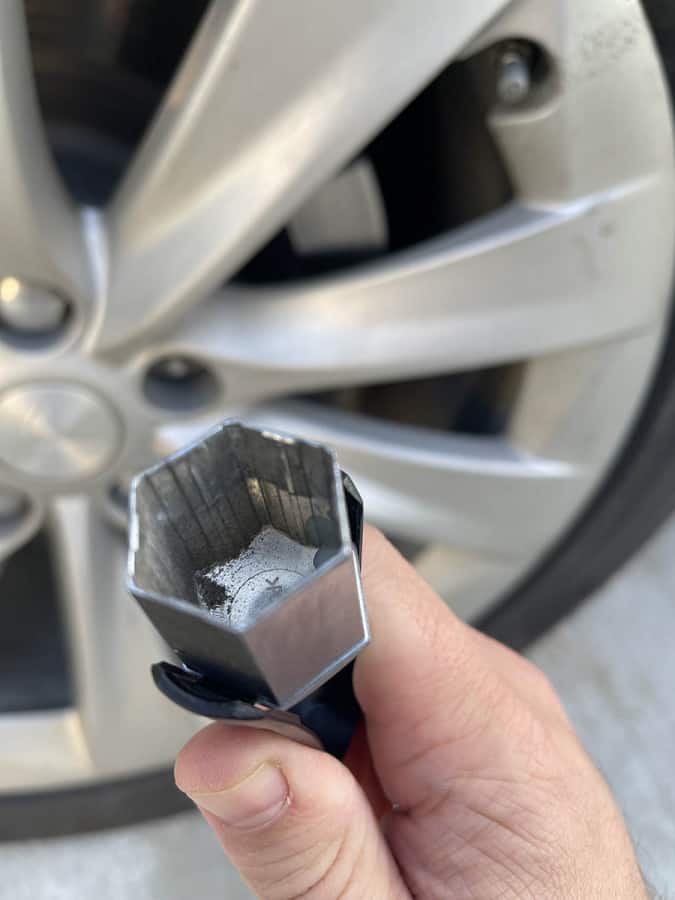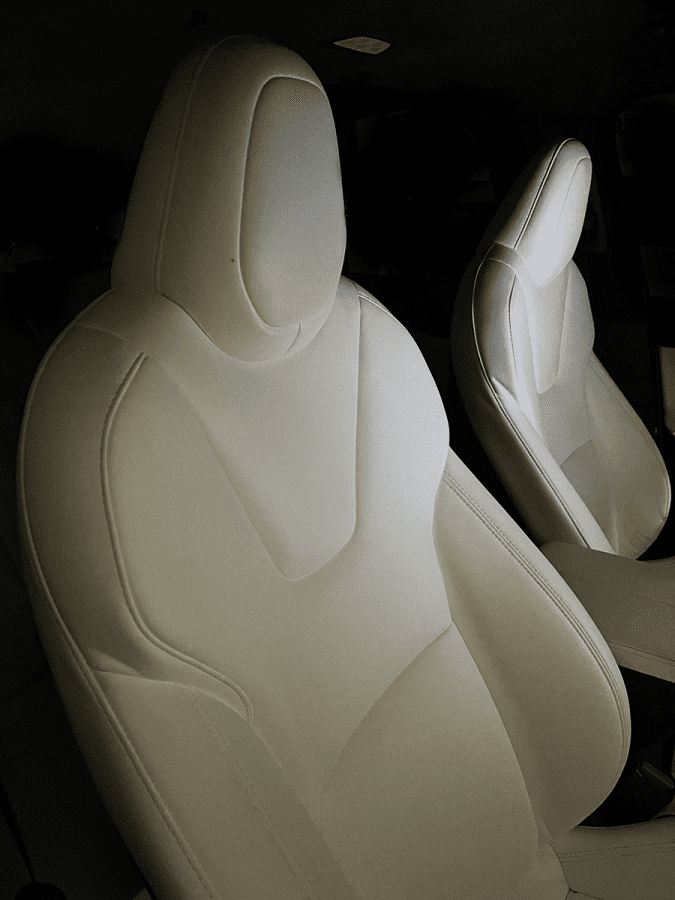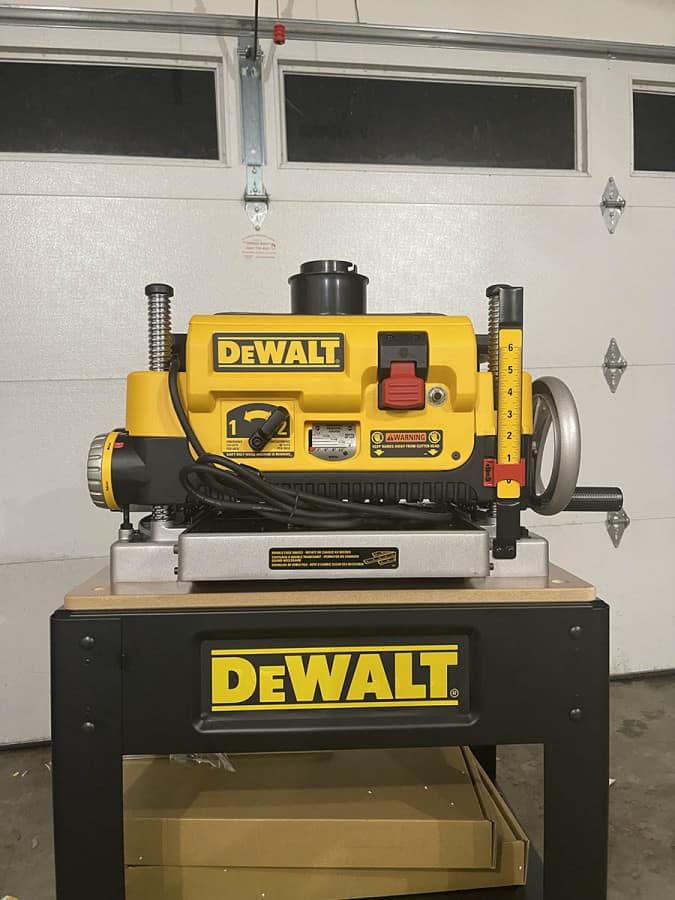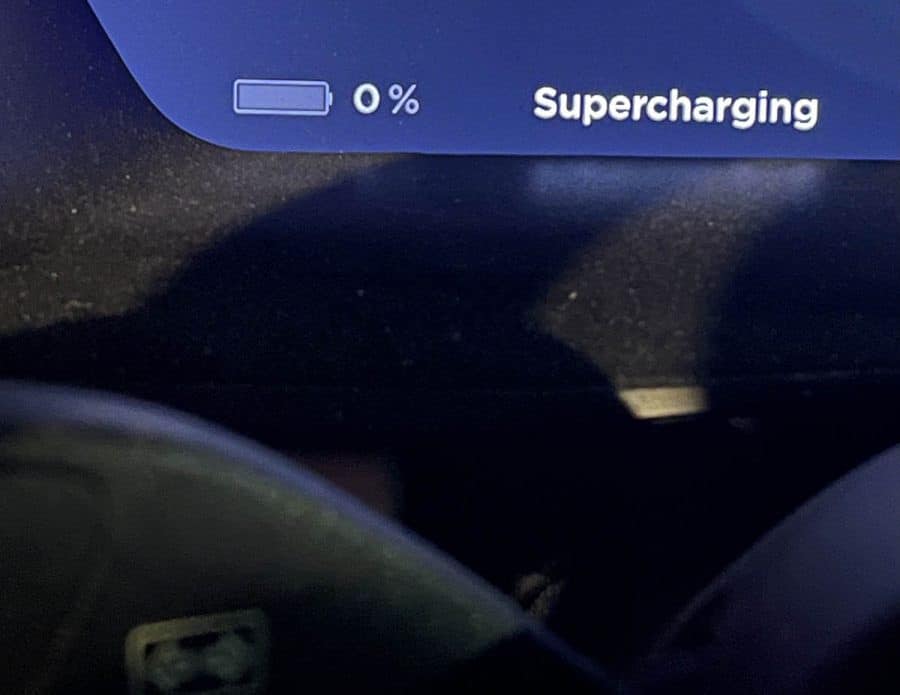I recently purchased a Rockler I-Semble Murphy bed kit. This kit comes with all of the hardware needed to build a Murphy wall bed, minus the wood to build the cabinet. It also comes with dimensions for the plywood cuts to build the cabinet. I took advantage of using the cutting service at our local home improvement store rather than leaving with full sheets of plywood to have to cut myself. The associate let me know the upper headboard is below the minimum cut size. More than likely, I could have had it cut off first. Instead, I left with just one piece that still needed to be cut. With the left over “scrap” plywood, I had enough to build a hidden door. More to come on this build as well. Rockler I-Semble Murphy Bed Kits The I-Semble Murphy Bed Hardware Kits are available for vertical and horizontal configuration. They offer kits for twin, full, and queen size beds. Based on the room I’ll be installing our Murphy bed in, vertical was the only option for us. We also opted for the queen size. The Hardware Here’s everything that comes with the kit (minus the packs of bolts, nuts, and screws). Again, you have to purchase your own plywood for the cabinet. It also does not include #8 x 2″ screws, dowels, or wood glue. Also not listed in the instructions was an 8mm Allen wrench, more on that later. Tools Required (Not Included) Per the instructions (the copy I received was last revised December 2018), these are the required tools that are not included: Drill Saw Circular Saw or Table Saw Stud Finder Tape Measure Pencil 3/8″ Nut Driver or Socket Wrench I lightly used an impact driver for the bed frame Phillips Screwdriver Doweling Jig Drill Bits 13/64″, 5/16″, 3/16″, 5/32″, 3/8″, and 27/64″ #8 Countersink Bit 8mm Allen Wrench This was not listed in the instructions Quality Control Issue When I picked up the Long Center Frame Support, I could hear something rattling inside. I certainly didn’t want to have this sound occur every time the bed was raised or lowered, so I tried getting whatever it was out. I assumed it was either a piece of welding wiring or a piece of metal that was punched out. With a flashlight looking inside of one of the holes, it appeared to be a round piece of metal. It also sounded as though there were multiple. I tried getting it out through the center hole, but it wasn’t going to be easy. Next, I double-checked the instructions to confirm the center hole on the end bracket wasn’t used for anything, which it wasn’t. I then drilled a larger hole into the bracket to make getting these pieces out much easier. After widening the hole, these pieces came out fairly easily. I assume a stamping machine was used to punch the holes out on this piece and it wasn’t fully cleared when the end brackets were welded on. With that out of the way, it was time to start assembling the bed frame. Murphy Bed Frame Assembly Following the I-Semble instructions, everything is fairly straight forward. There are several bolts, nuts, and washers however, so it can be a bit time consuming. I laid out all the parts and began assembly. To speed things up, I did use an impact driver, but made sure not to apply any torque and used a socket and ratchet to get everything “hand tight”. Here’s the frame fully assembled: Slat Assembly I missed this at first, but there are actually two different slat caps. The double slat caps are intended to be used on the middle. I used them on the outside as well and ended up having to use a flat screwdriver to pry them back up and re-do the slats I had already completed. Per the instructions, you want to leave Row 8 and Row 20 open. This is to allow room to later install other pieces. Also, on queen size beds you’ll leave Row 11 open as well. I missed the queen size call out and had to remove Row 11. My inspectors calling out that I should not have installed Row 11 yet: Tip: I found it easiest to install the left and right slat caps, then push the middle cap into place. The instructions do you mention you may need to use a mallet, but I didn’t find this necessary. Your results may very. Cabinet Build The instructions call for the cabinet build to be done first, but I knew it was going to be a while before I was going to pick up the plywood. So, I assembled the bed frame first. For the queen size Murphy bed, you’ll need 5 sheets of 4’x8′ plywood. Wood prices have skyrocketed in the last year or two, but have started coming down a bit. I spent $71.58 USD for each sheet in November 2021. I went with a finished maple plywood, it has a veneer on one side. The veneer side will be used for the inner portion of my cabinet and I will either stain or add slats to the exterior. My goal is to get it assembled, then I’ll focus on some aesthetics later. Plywood Cuts This is as far as my build has gone. I have the sheets cut, but need to haul them over to our cabin and then begin assembly. The instructions do not include a cut diagram, so I mapped out what I thought would be the best cut layout for our queen size bed. Feel free to use these for your own reference, but I’m not liable. Be sure to verify your required measurements. Again, this is for the queen size Murphy bed. And here’s the cut layout I went with, once again, for a queen size bed: Assembling the Cabinet Here we go, cabinet time! At first I thought I’d have to bring most of the plywood for the cabinet










